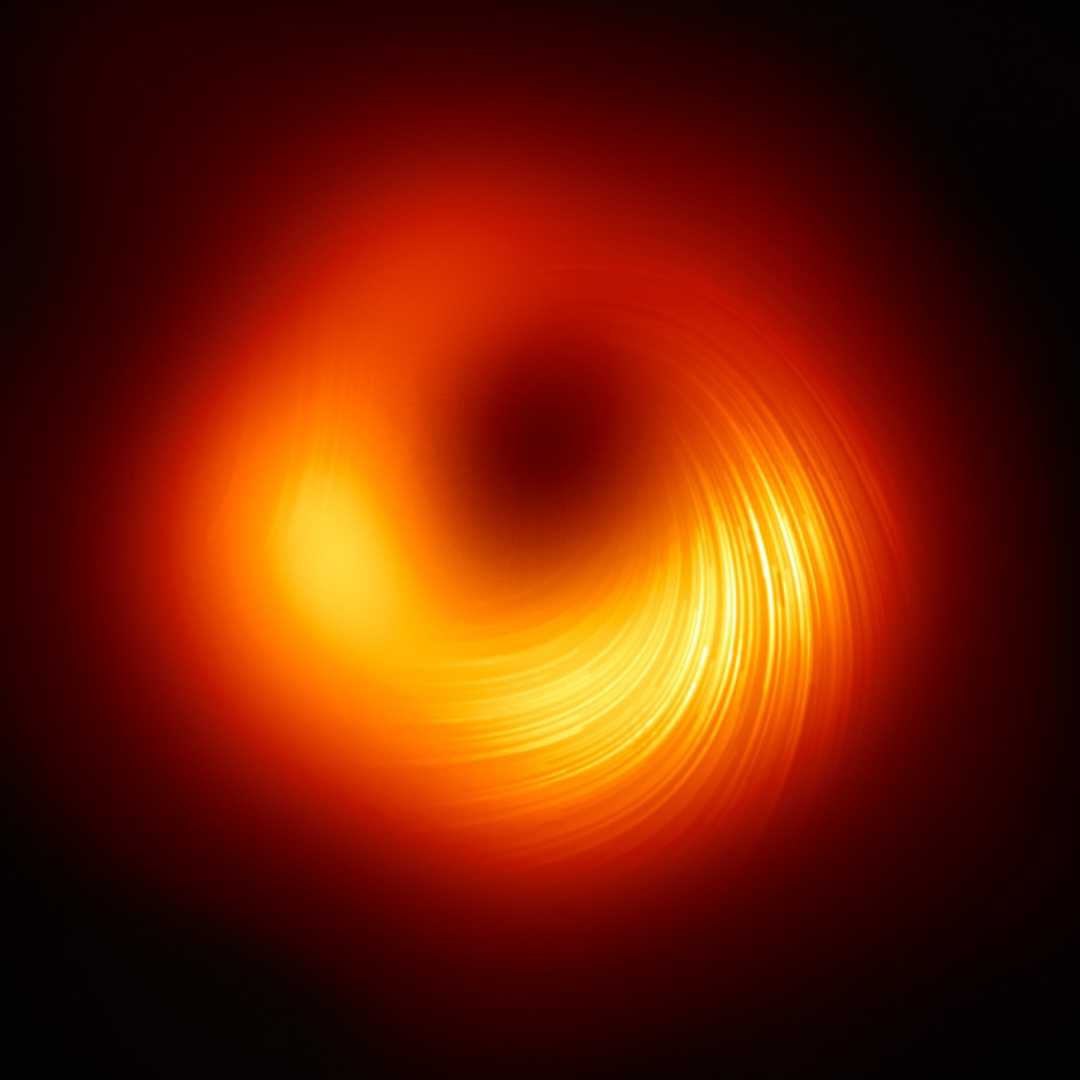Came across this publication today and found it interesting. Abstract
Animals discharge feces within a range of sizes and shapes. Such variation has long been used to track animals as well as to diagnose illnesses in both humans and animals. However, the physics by which feces are discharged remain poorly understood. In this combined experimental and theoretical study, we investigate the defecation of mammals from cats to elephants using the dimensions of large intestines and feces, videography at Zoo Atlanta, cone-on-plate rheological measurements of feces and mucus, and a mathematical model of defecation. The diameter of feces is comparable to that of the rectum, but the length is double that of the rectum, indicating that not only the rectum but also the colon is a storage facility for feces. Despite the length of rectum ranging from 4 to 40 cm, mammals from cats to elephants defecate within a nearly constant duration of 12 ± 7 seconds (N = 23). We rationalize this surprising trend by our mathematical model, which shows that feces slide along the large intestine by a layer of mucus, similar to a sled sliding down a chute. Larger animals have not only more feces but also thicker mucus layers, which facilitate their ejection. Our model accounts for the shorter and longer defecation times associated with diarrhea and constipation, respectively. This study may support clinicians use of non-invasive procedures such as defecation time in the diagnoses of ailments of the digestive system.
Shitposting in a science community. Well played.
TL;DR:
Some scientists said “I wonder how long it takes different mammals to poop.” Then they got stopwatches, started timing buttholes, and found that most mammals, big and small, take about the same amount of time when they shit.
Science baby!
Amazon will use this to set time limits on employees poo breaks.
Im going to find a way to cite this in my next uni assignment (I study international relations)
I see they did not work the sugar free haribo bears into their ejection model.
Possibly too difficult to measure.
What do I need to eat to get a flow-rate equivalent to the Pitch Drop experiment?
Shit science ain’t shitty science. One day it’ll save your butt
deleted by creator
Hi there! Looks like you linked to a Lemmy community using a URL instead of its name, which doesn’t work well for people on different instances. Try fixing it like this: !lemmyshitpost@lemmy.world
Definitely up for an Ignoble Award
I seriously wonder what’s the story behind this paper. It doesn’t sound like this is a question that naturally arose from the existing literature. In other words, WHY? I see that they actually have some interesting implications, i.e., the findings can be used as a diagnostic tool. But then they also have a theoretical model to explain the results. I gotta really love that stuff to go into such depths
For this study to happen, people literally had to stare at many many buttholes and time them while they shat.
Some people at the university are… how should I phrase this…colorful personalities? I would not be surprised if the scientists in question has been dreaming of a project like this since they were 4 years old.
Also: Grad students.
deleted by creator
Journal “Soft Matter” with a logo depicting a set of toilets. I like their style.
It’s not the journal’s logo, it seems
Must be the title page of this edition then.
That’s probably the cover page of the issue (probably in honor of this paper!)
I imagine they got lots of people linking them to that hippo video on Youtube:










